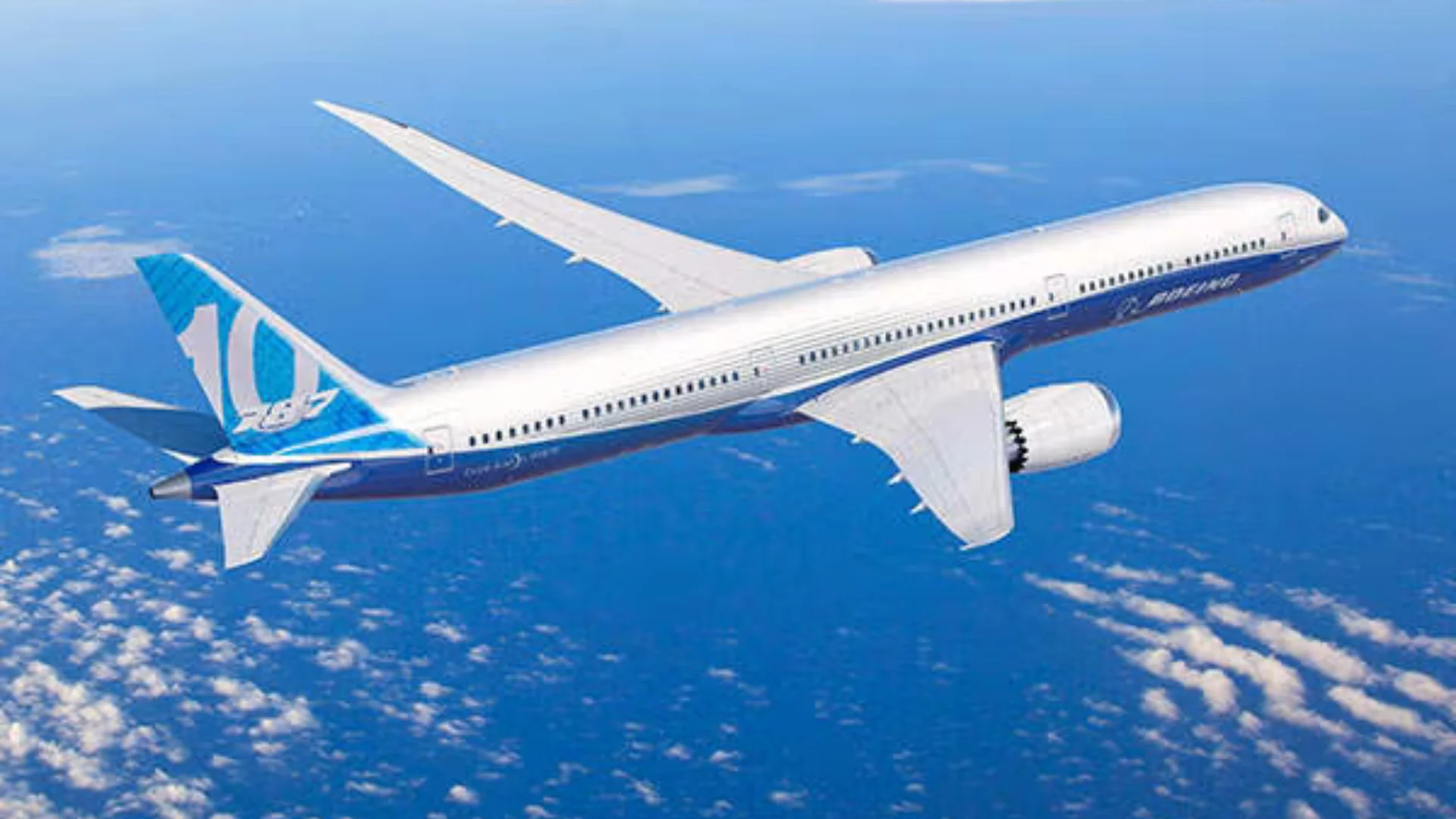Structural changes were necessary due to increased loads and drag from the longer fuselage. Engineers reinforced key areas such as the wing-fuselage joint and lower rear fuselage with extra carbon-fiber layers and thicker skin panels. A semi-levered main gear was introduced to maintain tailstrike clearance during takeoff without changing other major dimensions.
To manage aerodynamic penalties from increased wetted area—resulting in about a 1.5% drag increase at cruise—Boeing refined raked wingtips and optimized engine nacelle inlets. The net fuel-burn increase is estimated at only about 0.5–1% per seat-mile compared to the Boeing 787-9.
Airlines operating medium-to-long-haul routes have increasingly favored aircraft that offer high seating capacity with efficient fuel burn over distances typically under 6,500 nautical miles. The Boeing 787-10 fits this niche between smaller Dreamliners and larger widebodies like the Boeing 777-200ER. Singapore Airlines was launch customer for this model, ordering it for use on high-density regional routes such as Singapore–Tokyo Narita and Singapore–Bangkok.
"For markets where capacity generates greater yield than absolute range, the 787-10’s 10–15% seat-mile cost advantage makes it the preferred choice," said a company spokesperson.
One key advantage of this model is its high level of component commonality with other Dreamliner variants; more than ninety percent of parts are shared across models. This reduces development costs and simplifies certification processes while allowing airlines to streamline pilot training, maintenance procedures, spare parts inventories, and crew scheduling across their fleets.
However, some compromises were required. To keep maximum takeoff weight unchanged at 560,000 pounds (254 metric tons), maximum fuel capacity was reduced by three percent compared to the Boeing 787-9—a move that limits range but maintains structural integrity within existing parameters.
Engine choices remain consistent across all variants (GE GEnx-1B76 or RR Trent 1000 TEN), ensuring thrust commonality for operators. Composite barrel construction eliminates longitudinal splices but requires precise quality control during manufacturing.
Despite these features, market uptake has been less robust for the Boeing 787-10 compared with its sibling models—the shorter-range but higher-capacity configuration suits specific operational profiles rather than broad market needs.
Looking ahead, industry observers note that lessons learned from adapting an existing platform through targeted stretches may influence future widebody aircraft development strategies at Boeing and elsewhere.
"Boeing’s experience with the Boeing 787-10 informs both the design and certification pathways for any future widebody derivatives, proving that sometimes, an extra nine frames is all you need," according to company materials.
 Alerts Sign-up
Alerts Sign-up




































